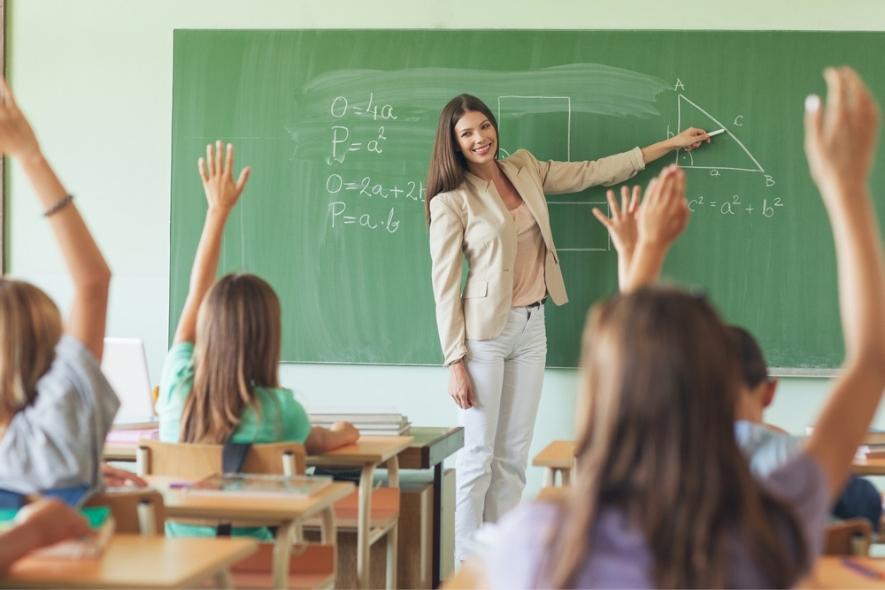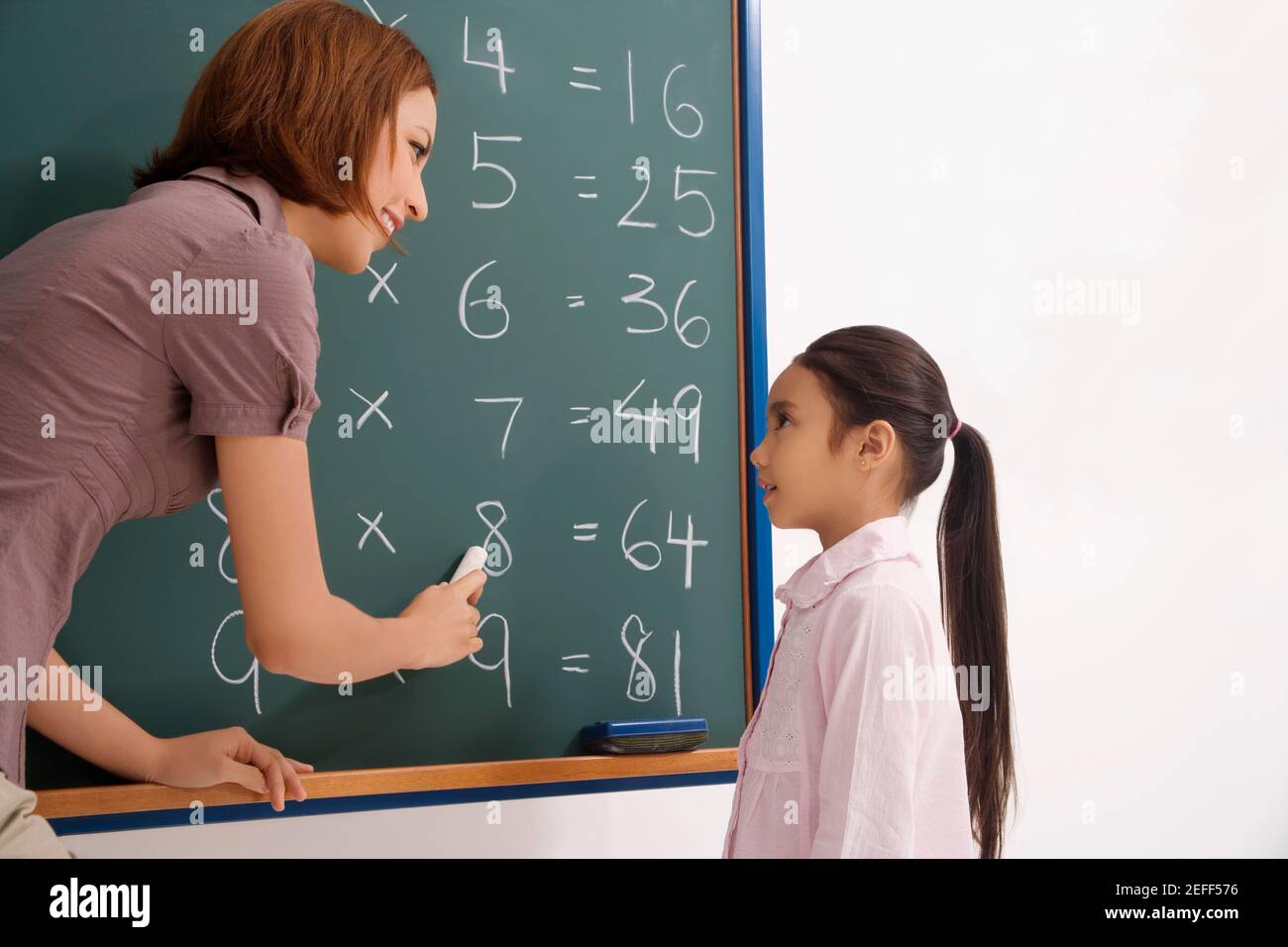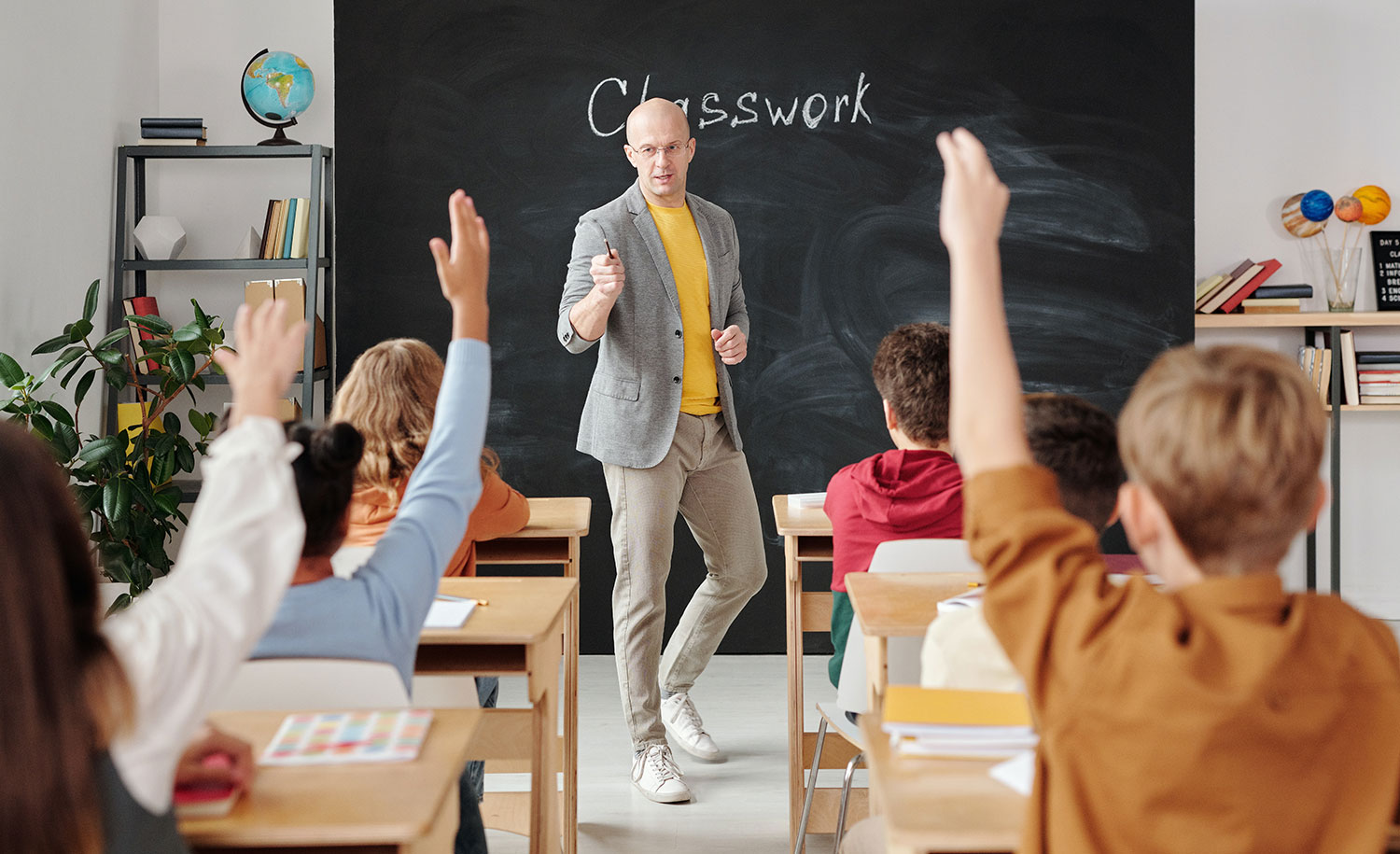Expert Primary Science Tuition Singapore for Understanding Complex Concepts
Expert Primary Science Tuition Singapore for Understanding Complex Concepts
Blog Article
Checking Out the Different Training Methods in Primary Scientific Research Education Today
Inquiry-based learning, hands-on experiments, and the assimilation of innovation are redefining just how teachers engage young minds. In addition, collective methods and separated direction are being used to cater to the varied needs of pupils, enhancing both interaction and understanding.
Inquiry-Based Learning
Inquiry-Based Discovering (IBL) is a pedagogical method that urges students to check out clinical ideas via wondering about, investigation, and hands-on trial and error. This approach emphasizes the function of trainees as energetic participants in their discovering, promoting essential reasoning and problem-solving skills. By engaging with real-world concerns, pupils come to be motivated and curious, which improves their understanding of scientific principles.
In IBL, educators work as facilitators, leading students as they browse their questions as opposed to delivering information directly. This student-centered approach enables differentiation, accommodating various discovering styles and paces. Pupils create skills in formulating theories, designing experiments, and evaluating data, which are important for scientific proficiency.
Furthermore, IBL promotes collaboration among students, urging them to share concepts and findings. This cumulative questions advertises social skills and a sense of area within the class. In addition, the procedure of query motivates durability, as students find out to welcome failing as a stepping rock towards understanding.
Hands-On Experiments
Hands-on experiments are an essential element of effective scientific research education and learning, complementing the concepts of inquiry-based knowing. These experiments allow trainees to engage straight with scientific principles, fostering a much deeper understanding through experiential understanding. By controling products and observing results, young learners can comprehend abstract theories in substantial means.
Such tasks promote crucial thinking and problem-solving abilities, as students assume outcomes, conduct experiments, and examine outcomes. This process urges them to ask questions, improve their understanding, and develop a clinical frame of mind. Hands-on experiments can be customized to diverse discovering designs, ensuring that all students have the chance to engage meaningfully with the web content.
Moreover, hands-on experiments typically motivate partnership amongst peers, advertising synergy and interaction abilities. Functioning in teams enables students to share ideas, talk about findings, and pick up from one another, which improves their general instructional experience.
Including hands-on experiments right into the key scientific research curriculum not just improves the learning environment but also cultivates a lifelong rate of interest in science. By actively joining their education, students are more most likely to develop a passion for clinical questions that expands past the classroom.

Innovation Assimilation
Integrating innovation into main scientific research education and learning has actually ended up being significantly necessary in fostering student interaction and boosting learning results. Making use of digital devices, such as interactive simulations, digital laboratories, and instructional software program, gives trainees with chances to explore clinical ideas in ingenious methods. These resources facilitate a much deeper understanding of complex topics by permitting students to imagine and manipulate variables that would certainly be unwise in a conventional classroom setup.
Furthermore, technology assimilation motivates individualized discovering experiences. Students can proceed at their own rate, reviewing challenging principles through multimedia sources, which accommodate various discovering designs. This flexibility not just sustains private growth however also grows a sense of freedom in learners.
In addition, technology acts as a bridge to real-world science, linking pupils with present study and professional payments. Access to on the internet data sources and scientific journals broadens pupils' point of views on clinical inquiry and promotes vital thinking abilities.
Collaborative Learning
Joint learning plays an important role in main scientific research education and learning by fostering team effort and communication abilities among pupils. This approach encourages learners to interact, share understanding, and involve in analytic, which boosts their understanding of clinical concepts. By taking part in group activities, trainees discover to verbalize their ideas, listen to diverse point of views, and discuss options, every one of which are crucial abilities in both real-world and scholastic contexts.

Research study suggests that collaborative knowing can lead to raised motivation and interaction in scientific research subjects, as pupils find pleasure in common experiences (primary science tuition Singapore). Additionally, this technique prepares students for future collaborative ventures, outfitting them with the skills required for efficient synergy in higher education and expert settings. Ultimately, accepting joint knowing in main scientific research education and learning can substantially improve the learning experience and promote a deeper understanding of scientific query
Set Apart Guideline

Differentiated instruction can manifest in numerous means, such as differing the web content, procedures, or items of knowing. For example, teachers may make use of tiered jobs that give differing levels of complexity, permitting pupils to work at their particular readiness degrees. In addition, adaptable organizing approaches can promote cooperation amongst pupils with various capacities, cultivating peer understanding.
Analysis plays a crucial role in this approach, as it educates direction and helps educators recognize each trainee's distinct needs. Formative analyses, such as monitorings and quizzes, can lead educators in changing their methods to enhance finding out results. primary science tuition Singapore. Ultimately, useful source by applying separated instruction in key scientific research education, teachers can grow a much more equitable and efficient knowing atmosphere, encouraging all pupils to reach their full capacity in recognizing scientific sensations
Verdict
In summary, the varied training methods in main scientific research education, including inquiry-based discovering, hands-on experiments, modern technology integration, collaborative discovering, and set apart instruction, collectively contribute to a much more reliable understanding environment. These methods promote essential thinking, problem-solving skills, and a deeper comprehension of scientific principles. By implementing these techniques, educators can create appealing and helpful classrooms that deal with the different requirements of trainees, eventually cultivating a long-lasting passion in scientific research and boosting scholastic success.
Inquiry-Based Learning (IBL) is a pedagogical approach that encourages pupils to discover clinical ideas with questioning, investigation, and hands-on experimentation.Joint learning plays an important role in primary science education by fostering synergy and interaction abilities among students.Research shows that joint discovering can lead to enhanced motivation and interaction in science topics, as pupils locate satisfaction in common experiences.In click for info fostering a comprehensive knowing environment, differentiated guideline emerges as a key method to accommodate the varied demands and capacities of trainees in primary scientific research education. Inevitably, by carrying out differentiated direction in primary science education and learning, educators can grow an extra effective and equitable discovering environment, equipping try this web-site all pupils to reach their full capacity in recognizing clinical phenomena.
Report this page